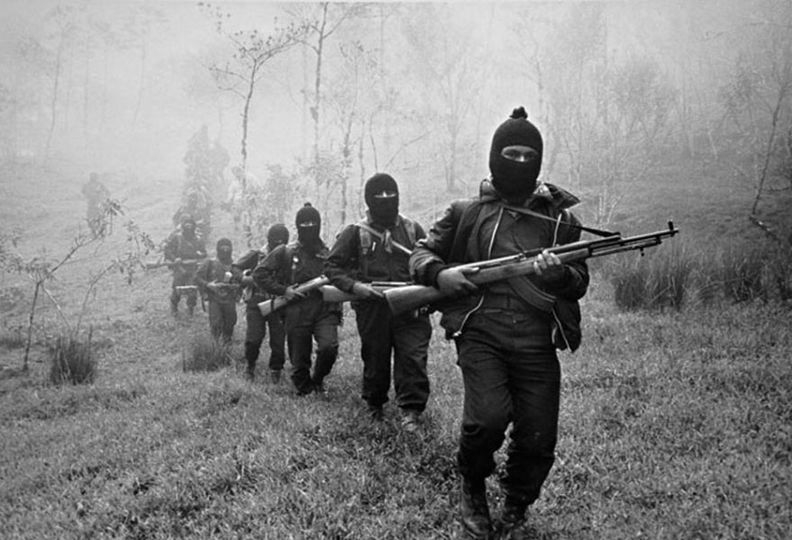
Gloria Muñoz Ramirez
Zapatismo is conjugated in the present, it is not past history or a museum piece. Zapatismo is a watershed of national political life and of the global social movement. It is a living history, a current construction, an unending proposal. To refer to Zapatismo as something that happened three decades ago is to try (although they do not succeed) to make invisible a movement that continues to speak to the world, despite everything against it.
The originary peoples of Mexico and the world were the first to be questioned, but neither then nor now have the Zapatistas positioned themselves solely for the demands of the indigenous communities. The bet was and continues to be on the anti-capitalist organization of those from below, with an emphasis on the practice of autonomy. The emphasis on practice is not minor, because before hundreds of books and theses were written on the term, the rebel communities, and many others like them, were already exercising it. What they did, and continue to do, was to provide it with perfectible structures that could be adapted to the times and contexts of the communities.
The images of January 1994 have the deceased as protagonists. There is no glamour or romanticism where there was pain, blood and surrender. It all began with a declaration of war, which included 13 demands in which the world from below recognized itself, the same ones that those from above did not dare to deny: land, work, housing, education, food, health, independence, democracy, justice, peace, women’s rights and the right to information (the first 11 included in the First Declaration of the Lacandon Jungle, and the last two added later).
It is no coincidence that they incorporated women’s rights and the right to information into their demands (so far from a request). They were ahead, as in many of their demands, of entire generations that today could not be conceived without the struggle in the streets of the diverse feminisms and without the vindication of freedom of expression, in a country in which an average of 12 women are murdered every day, and which at the same time is one of the most dangerous in the world for the practice of journalism.
If it were not for the Zapatistas, if there had not been a January 1st, where would we be?
Original text published in La Jornada on December 16th, 2023. https://www.jornada.com.mx/noticia/2023/12/16/columnas/los-de-abajo-6890
English translation by Schools for Chiapas.
